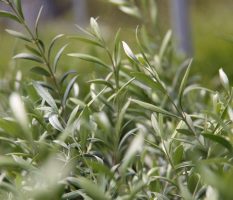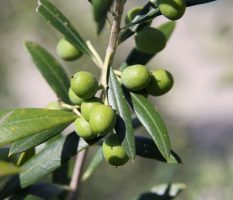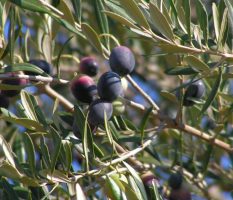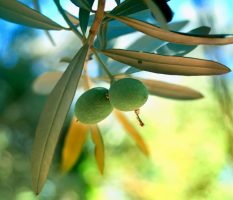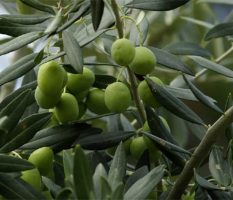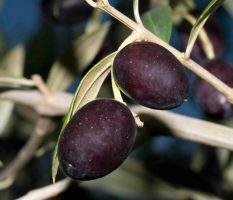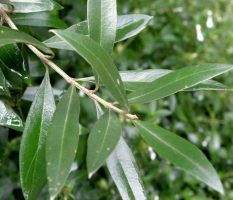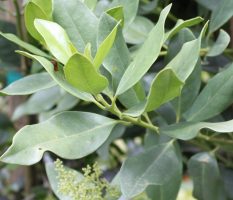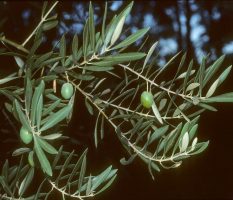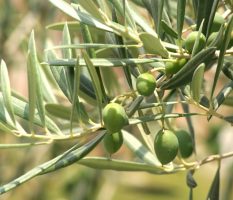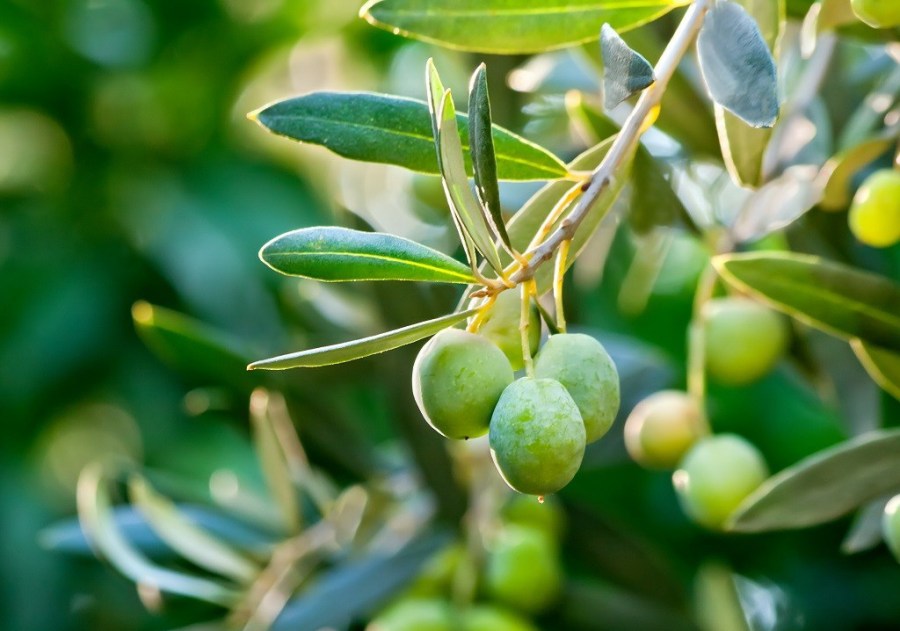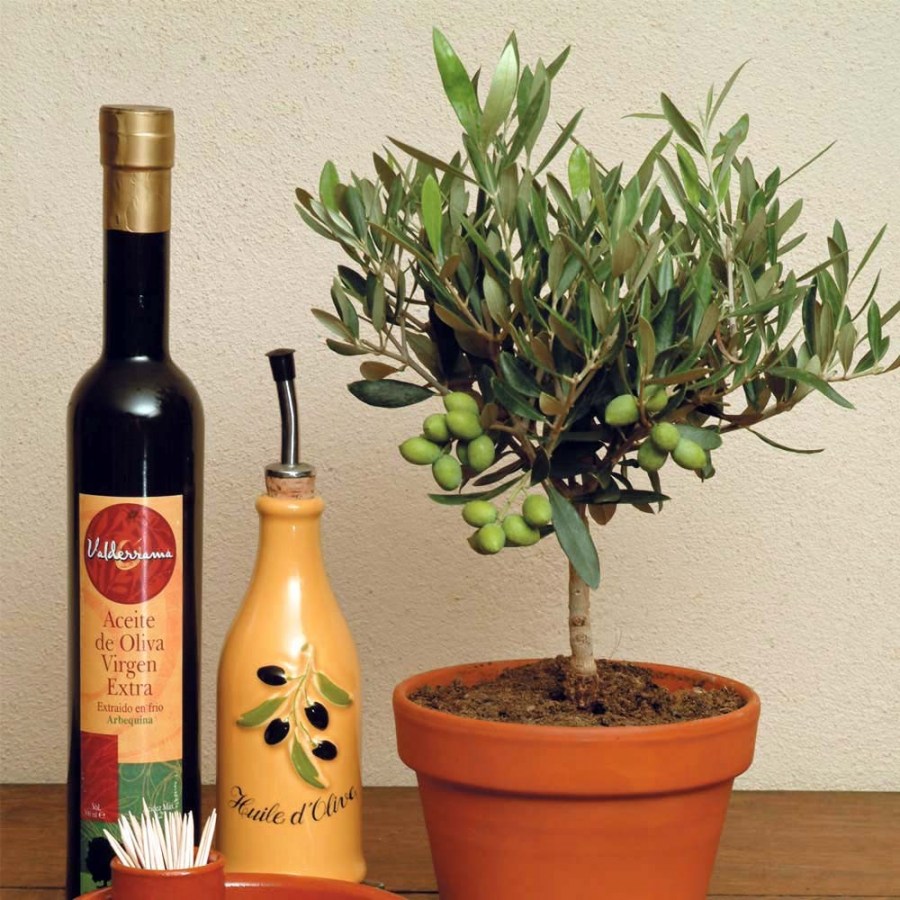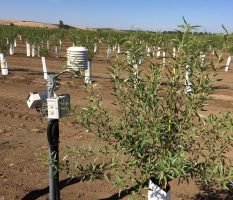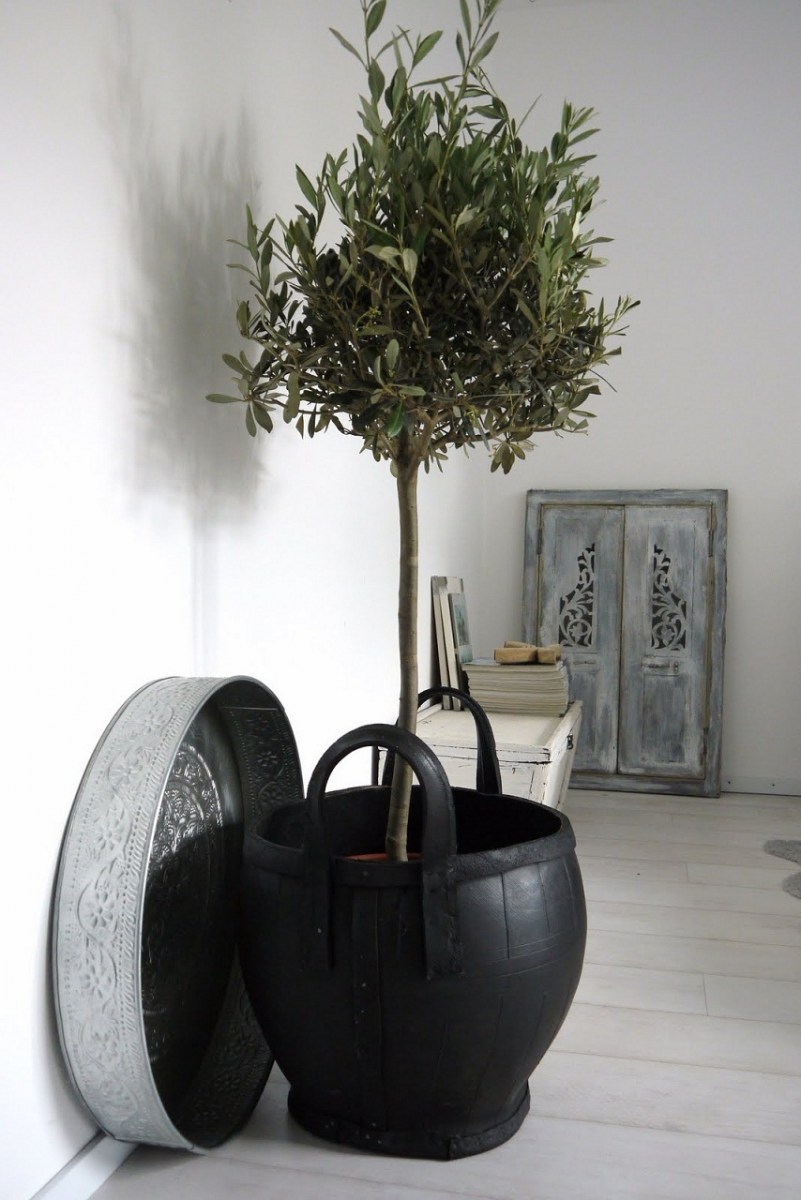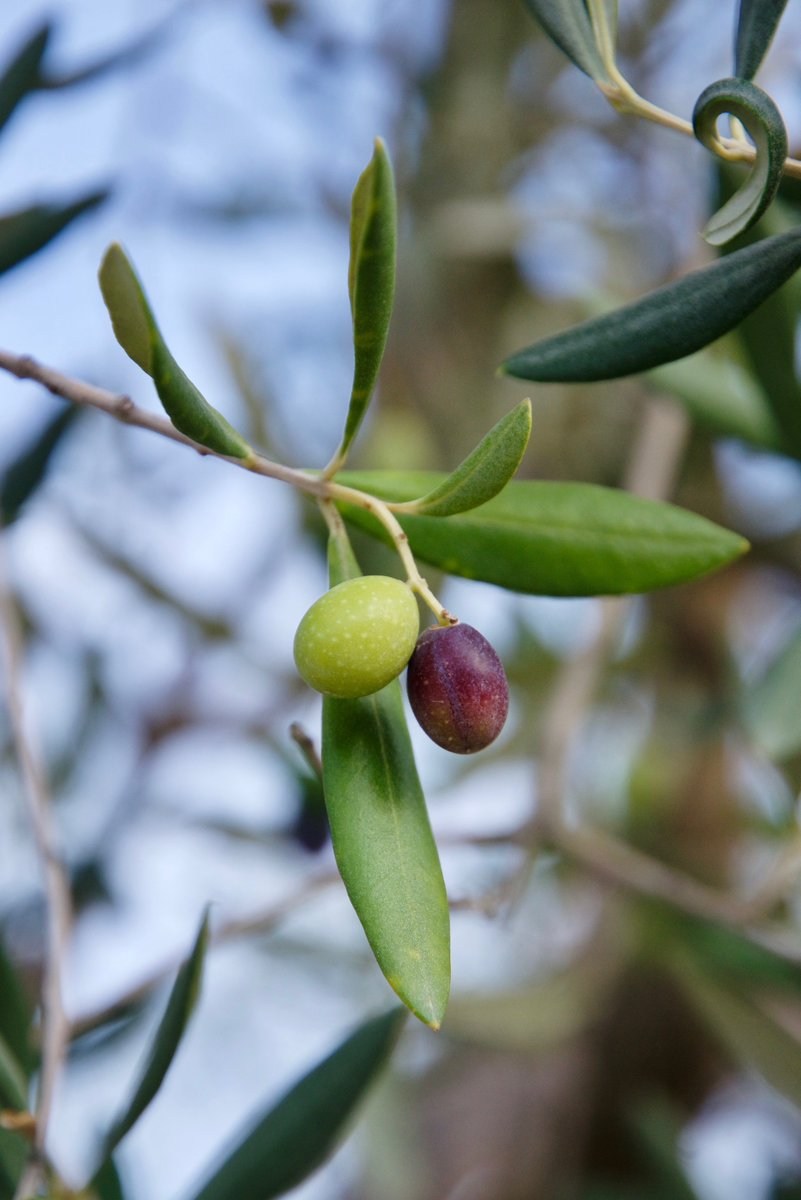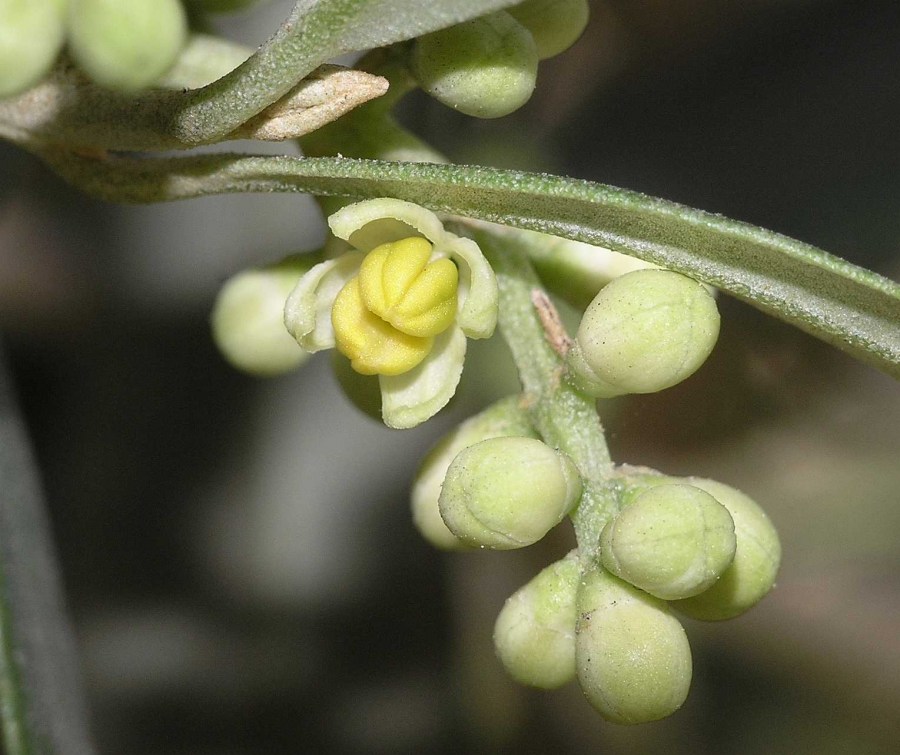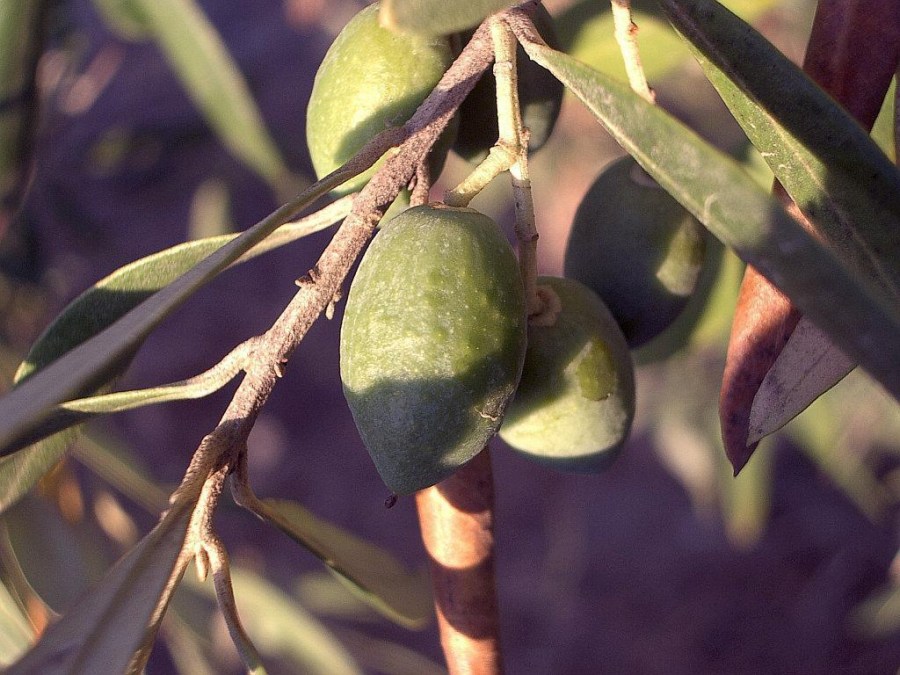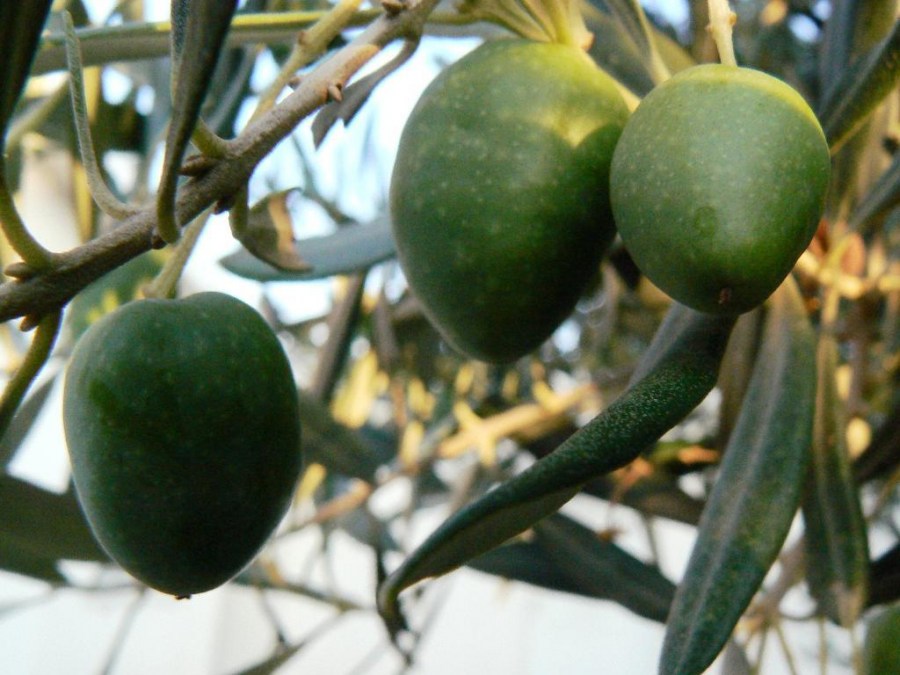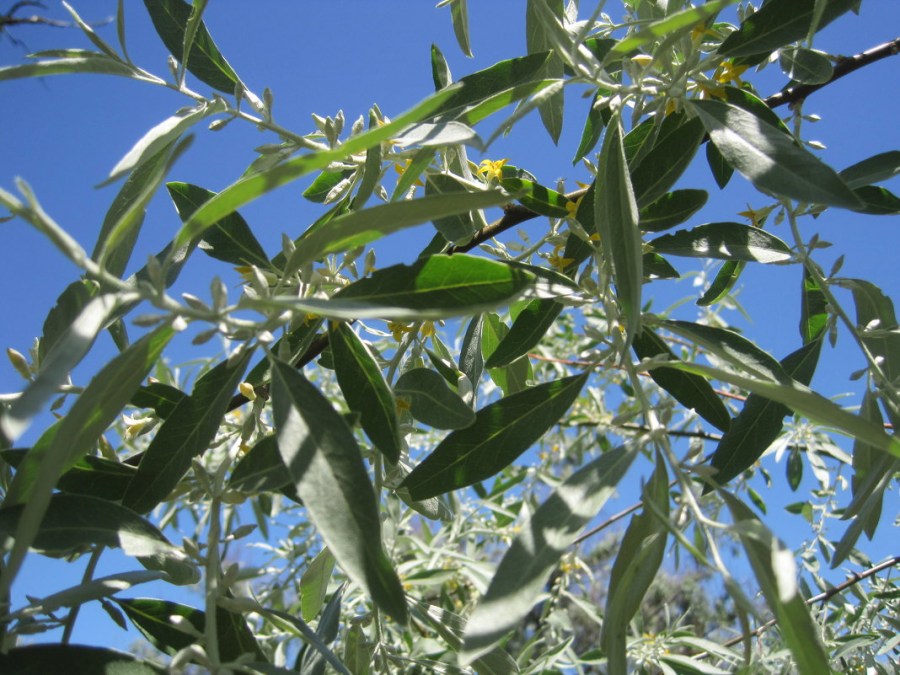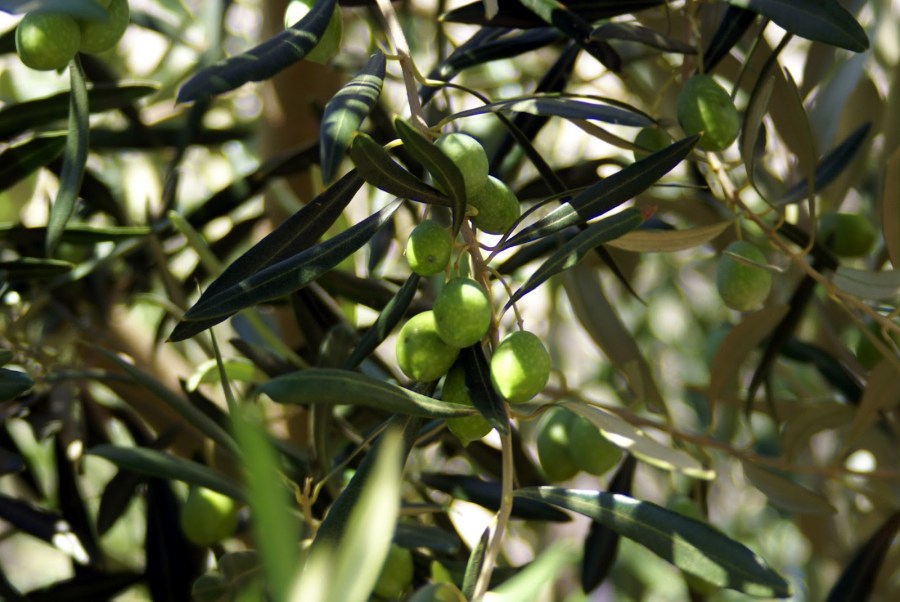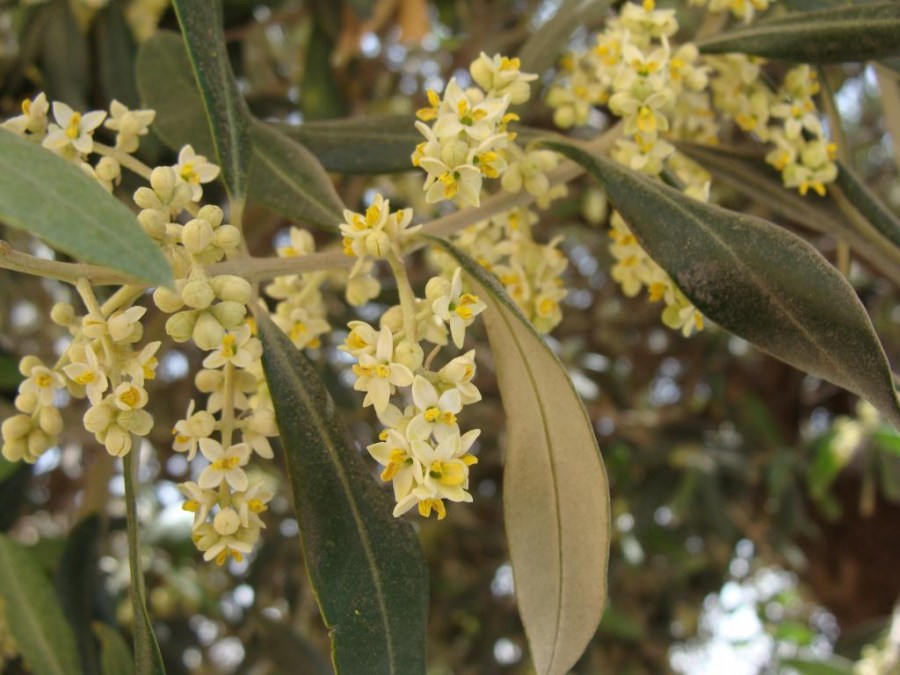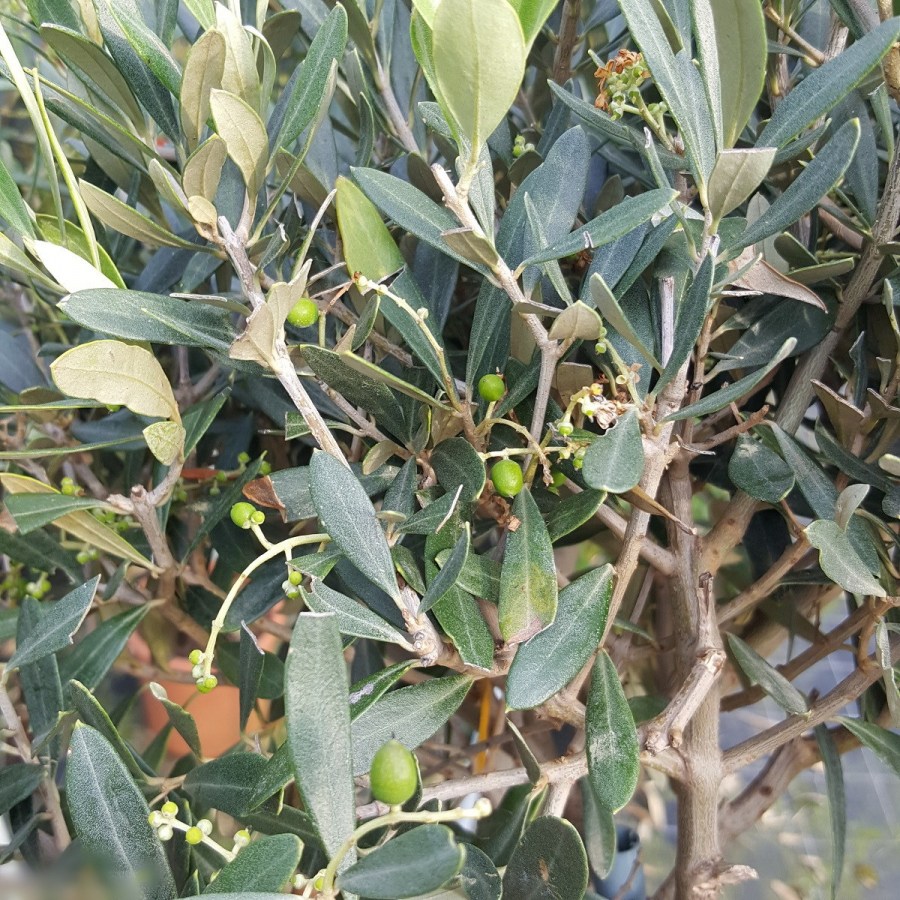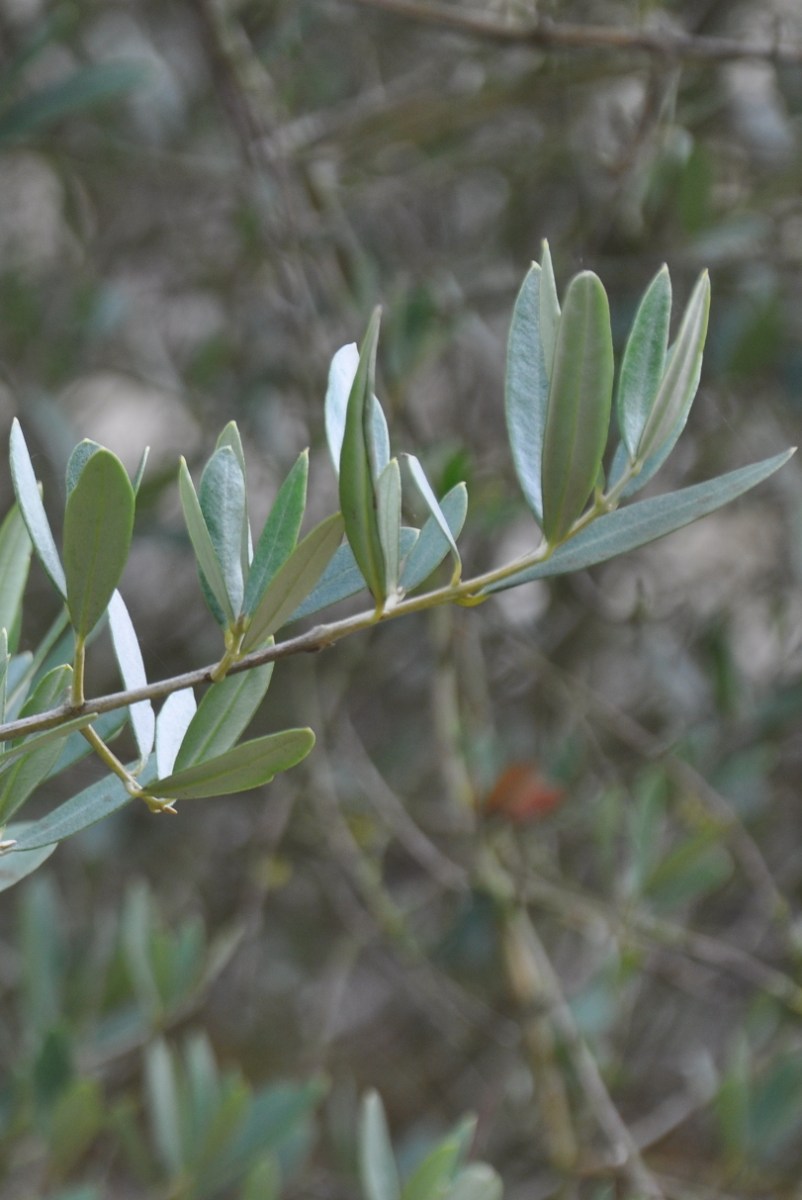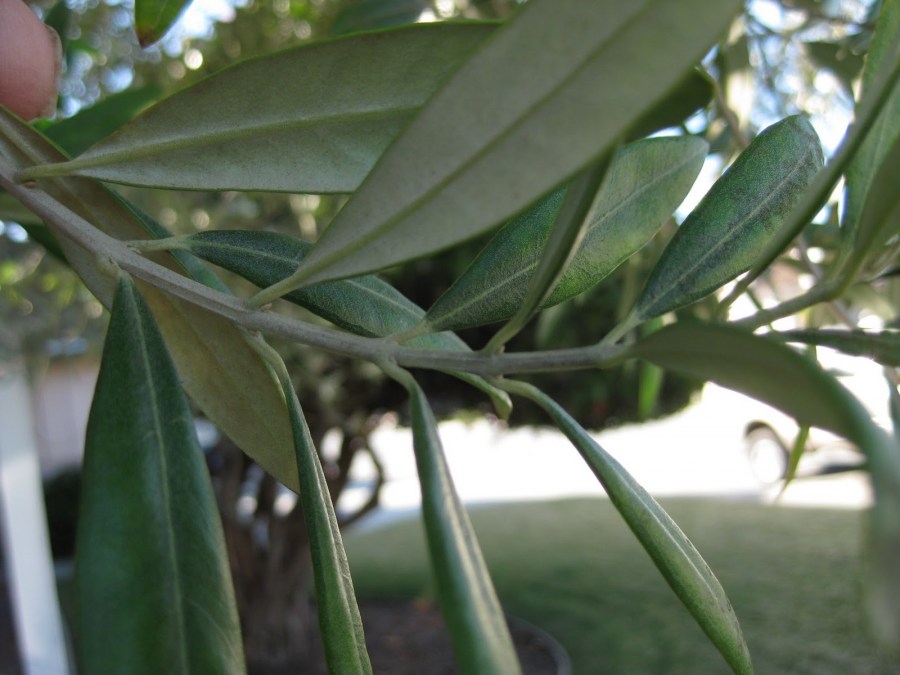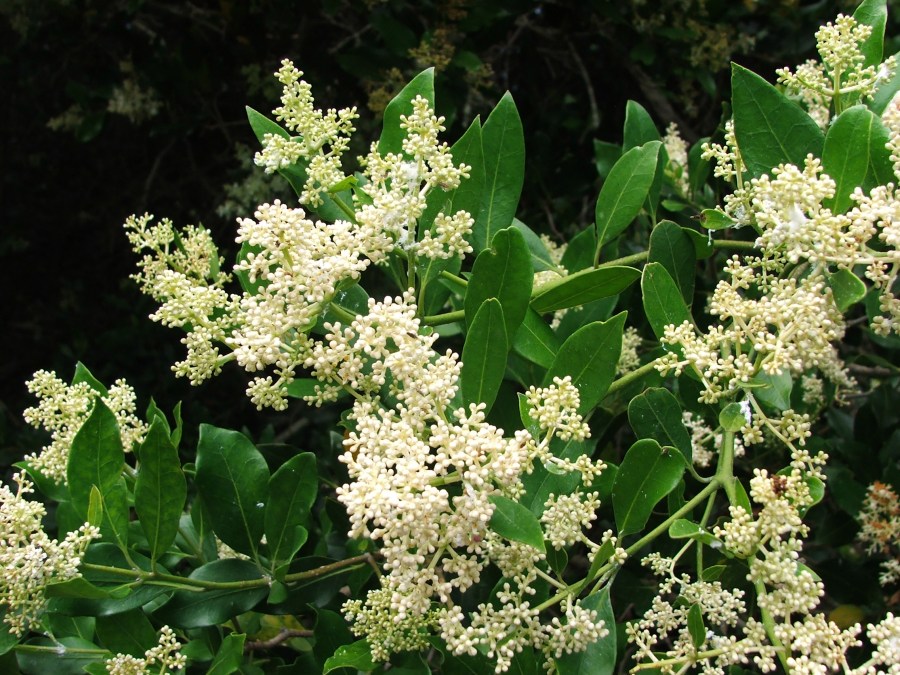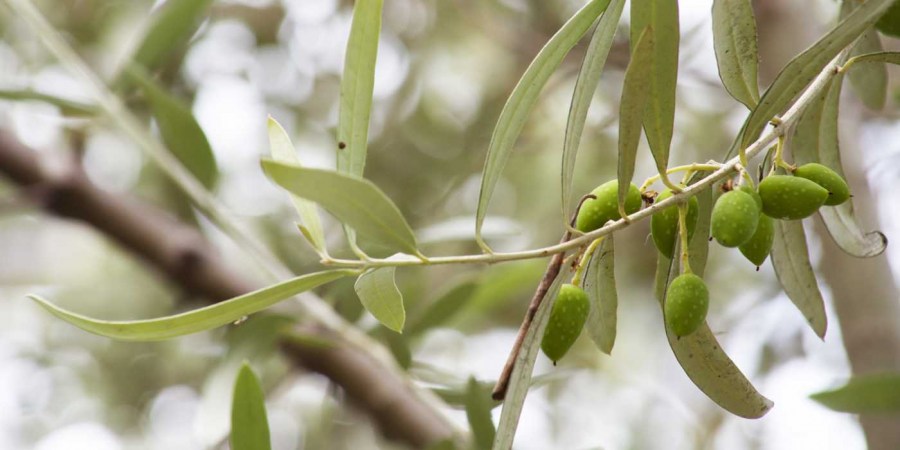Olives - what is their feature? Useful properties for humans, 120 photos of fruits
The olive tree, or European olive, has been cultivated by man since ancient times. The ancient Greeks considered him the divine creation of Athens itself. The fruits and oils of this plant have become an integral ingredient for almost any Mediterranean cuisine, and the arms of many countries and international organizations adorn the olive branch.
Currently used for decorative purposes, graceful forms are loved by landscape designers and owners of home greenhouses.
Description
It is an evergreen tree with a curved trunk. The bark is specific, easily recognizable structure, rocky-gray hue. Crohn is wide, spreading. Leaflets of oblong form, on the sunny side of green, on the inside pale green with silver tint.
They are updated once a year or two, at the base of each leaf there is a kidney, which is in sleep mode and begins active growth when the leaf is damaged, which gives the plant high survivability. Life expectancy can reach several centuries.
Flowering takes place in the second half of spring - the first half of summer. The fruits of the olive are egg-shaped, with a pulp of an oily consistency and medium-sized bone. Color varies from light yellow to brown-chestnut, depending on ripeness.
Average length 2-4 cm, width 1.5-2 cm, weight depends on maturity. Full ripening occurs in the winter, but depending on the purpose of application, the crop is often harvested unripe.
What is the difference from olives?
This is actually the same thing. The confusion began with the Soviet GOSTs, relevant to this day, in which these synonyms can be interpreted as different fruits. As a result, the domestic inhabitant has an opinion that they grow on different plants and differ in color, olives - black, olives - green, some even cite olives with dark fruits as evidence.
But in nature there is no coal color like in store olives. It is due to a special method of conservation, which uses oxygen saturation to speed up the procurement process. The natural ripe color is brown, purple or dark brown.
Habitat
The usual climate where olives grow is heat, sun and eternal summer. This is the entire Mediterranean region from Israel to Spain, as well as India, Australia, Central America. In Russia, they are found on the coast of the Krasnodar Territory and in the Crimea, but are not cultivated in industrial volumes.
In more severe latitudes, it is possible to grow in greenhouse conditions, or at home, directly on the windowsill - the root system lends itself perfectly to oppression, which makes it possible to use bonsai in a decorative style.
Varieties
There are more than two hundred varieties of olives, most of them created for breeders with the aim of increasing the yield and increasing resistance to cold. There are two types of applications:
Oily, for the manufacture of olive oil.
Canteens, characterized by large fruits and good taste, are used fresh for cooking, and for canning.
The leader in the number of cultivated varieties is Greece. In this country, each region has its own type of olive, of which we mention Halkidiki and Kalamata. One of the most beloved in Russia was the Italian giant called Vittoria, its gastronomic qualities are so good that no additives are used for marinating.
Representatives of France, in particular Nyon and Picolini, as always, will delight gourmets with sophistication unlike other species, and offer a spicy bitterness or a refreshing brackish flavor.
The best for canning are considered Spanish varieties. They have a soft, supple flesh, and bone separation does not cause problems. This country is also a leader in total cultivation and export of olives.
How to grow at home
Recently it has become popular to keep fruiting plants right in the apartment, on topic forums you can increasingly see photos of olive trees grown at home, in which they rarely reach a height of more than two meters, and dwarfing for decorative purposes can be achieved by artificial method.
With proper care, you can get up to 3 kg of the crop every two years. Almost no diseases and pests are terrible if any pathological changes occur - most likely the matter is in the wrong watering or exhaustion with fertilizers.
It is necessary to take into account the fact that the plant is bisexual, it requires cross-pollination, and for fruiting and multiplication of olives to occur, it is better to plant seedlings of both sexes and keep them next to each other, possibly in one wide pot.
How to distinguish - they will be prompted in nurseries, it is much easier to get ready-made cuttings than trying to grow them from seeds on your own.
Care
In order for spring blossoms to please the eye with a lush inflorescence, there is a little trick - the apartment has a stable climate, and in order for the pet to feel winter, it is necessary to simulate the “cold season” with a temperature of 10-13 degrees Celsius. A glazed terrace or balcony with insulation is suitable. All internal processes will slow down and hibernation will come.
To increase the chance of survival and get a healthy plant, you need to provide a number of conditions:
Choose a soil similar to that in which the olive lives in the natural environment - these are sandstones and loamy soils. Sold in hardware stores.
The ideal temperature would be room temperature, in winter it is worth avoiding cold drafts from windows or doors.
Set at the widest window in the house - to get the most light. If there are no such opportunities, it will not be superfluous to purchase an artificial lighting device.
It is important to monitor soil moisture. It should not be too dry, but excess moisture should be avoided so that the root system does not begin to rot.
An excellent option would be an automatic irrigation system with preset parameters. In the heat, you need to spray and wipe the leaves, without active air circulation, the dust itself does not disappear.
To maintain growth, especially in the spring with the beginning of flowering, you need top dressing of the roots with mineral fertilizers, and leaves with special compounds that stimulate growth. So the renewal of greens will be guaranteed to pass without failures. An annual transplant in the first five years of life.
Application in traditional medicine
According to statistics, in Mediterranean countries the incidence of cardiovascular pathologies is significantly lower than in northern countries. And for the most part this is provided by the kitchen, in which olive oil with a high content of polyunsaturated fatty acids occupies an important place. Of the effects on the body, it is worth highlighting:
- improvement of the state of blood vessels;
- blood thinning and a decrease in the likelihood of thrombosis;
- normalizes blood pressure;
- a binding effect on excessive cholesterol in the blood, an obstacle to the development of atherosclerosis.
A positive effect on the gastrointestinal tract, in particular:
- choleretic effect, prevention of the formation of stones in the gall bladder;
- promotes the regeneration of liver cells;
- cleanses the intestines from toxins, has a laxative effect;
- improves digestion by stimulating the production of enzymes.
The regular use of olive oil has an effect on almost all organ systems, which is why it is included in many modern diets that pursue a variety of purposes - from weight loss to replacement nutrition during pregnancy.
Photo of olives
Decorative moss: 75 photos of breeding and application in landscape design
Pumping station for the home: 65 photo projects and options for their implementation
DIY barbecue - 120 photos of the best options for giving. Drawings, instructions and videos!
Layout: 120 photos of competent arrangement of the territory
Join the discussion:




